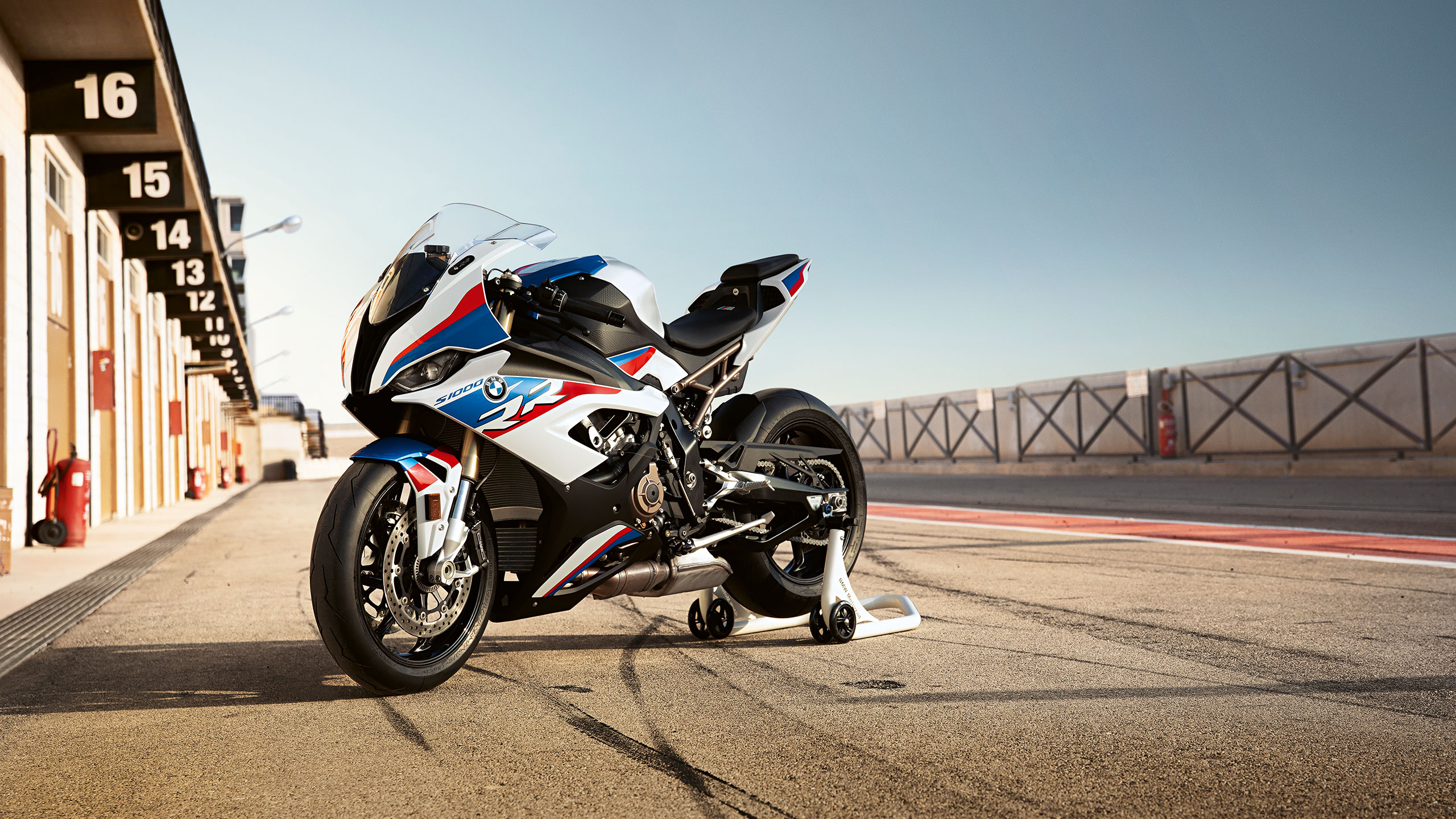There’s a reason BMW is one of the top manufacturers in the world — their craftsmanship and attention to detail are second to none.
The BMW S 1000 RR and the R 1250 R are two of the most popular motorcycles in their classes. With impressive power, aggressive design and sturdy construction, they will turn some heads on any road they roll.
Behind the scenes
But there’s more to these bikes than just their easy-to-spot exteriors. These models rely on an impressive level of engineering precision right down to the tiniest parts. Look behind the scenes at BMW’s Berlin motorcycle production facility to see how the best bikes get made.
Want proof of how BMW takes care of its bikes and riders? Look no further than the meticulous process involved in producing the R 1250 R and S 1000 RR.
Each bike is assembled by hand on the line, and quality specialists running banks of inspection equipment check everything from the welds to the serviceability of every part of the bike.
A result is a machine that can take on everything from a vast Saturday ride with friends to a long journey on Sunday.
What goes into manufacturing a gorgeous BMW motorcycle? The details, of course. Every workshop (called stations) has its area for assembly and precision testing.
Precise quality control
And this is where the testing begins: quality-control specialists are in charge of checking every millimetre of each motorcycle for any imperfections. Let’s look at the most critical steps that lead from bikes to bikes.
The production models will leap from drawing board to garage floors when the highly anticipated models are put into full-scale production at the BMW motorcycle plant in Berlin, Germany. This event is an excellent opportunity for us to show you how a modern-day high-tech motorcycle comes together.
The BMW Motorrad plant in Berlin is one of the few high-tech factories worldwide. The facility, built in 1969, is responsible for manufacturing parts like frames and engine blocks but also integrates highly automated assembly lines. Finished motorcycles come off the line quickly.
Wind tunnel
The area houses a state-of-the-art dynamometer and an aero quip test bench to check minute details about the motorcycle. It also has a dynamometer and aerodynamic wind tunnel capable of simulating the various environments the vehicles will be exposed to on the road, even at high speeds. Further, it also gets the CMM or Coordinate Measuring Machine responsible for plotting measuring points in Cartesian space.
Production specialists remain alongside machines to ensure the highest quality and fitment at every step of the production process.
Even though you control all the individual components, ensuring that every piece is manufactured to be as precise as can be a day in and day out is very challenging.
This capability allows BMW Motorrad to fit motorcycle engines and pistons which meet even more stringent emission levels in the future.
State-of-the-art manufacturing process
This state-of-the-art manufacturing process gives excellent performance values and optimum engine durability, giving the rider a unique riding experience.
A top-tier BMW bike isn’t just the result of a skilled assembly team. It takes much more than that to put together one of these motorcycles — millions of dollars, dozens of specialists and machines more expensive than your car.
The video reveals the final step in the process, an innovative operation where everything comes to life: The BMW models are assembled from multiple individual parts and components.
At this stage, the motorcycles are fitted with all the components that make them unique: engine, exhaust system, bevel gears, wheels, mudguards and chain guard. Later they are wrapped and put inside the box to go to dealers and customers.
Source: Frame




































